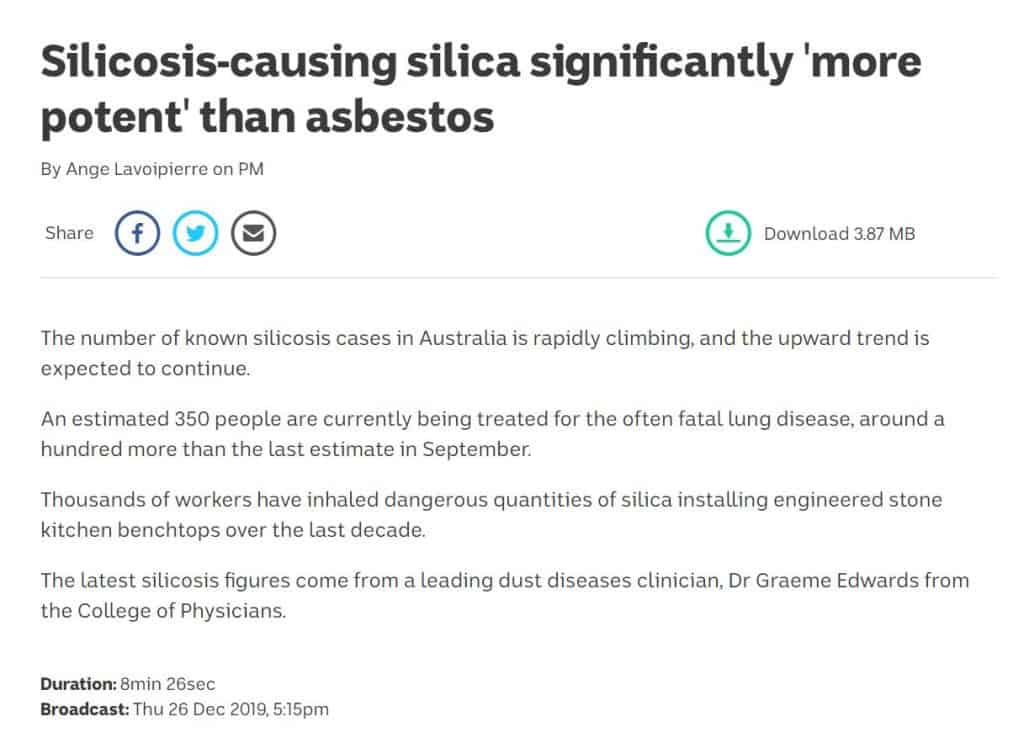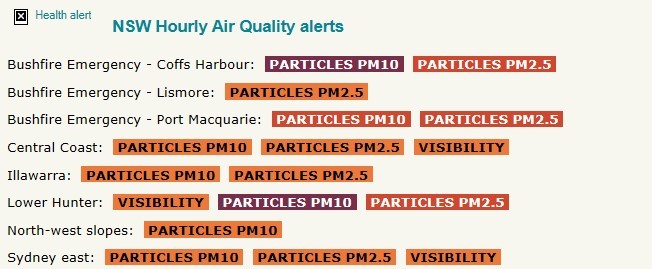In late December 2019, Dr Graeme Edwards provided an update on Australia’s silicosis situation to the Australian Broadcasting Corporation’s PM program in which he mentions the movement of businesses to avoid occupational health (OHS) and safety obligations and duties.
Category: health
This year’s bushfires should change the management of outdoor work
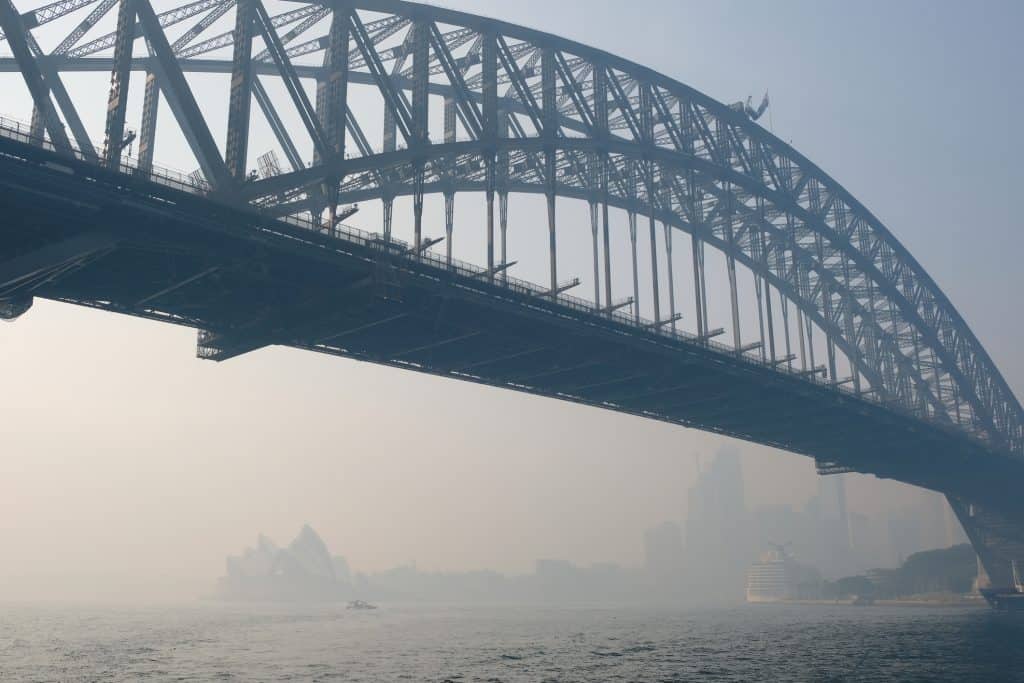
Safe Work Australia (SWA) has reminded Australian businesses that they have a formal occupational health and safety (OHS) responsibility for workers exposed to poor air quality. Its guidance provides sound risk considerations for outdoor workers and their managers, but needs further explanation to help businesses reduce the risk in a practical sense.
Mental health and “workplace disability”
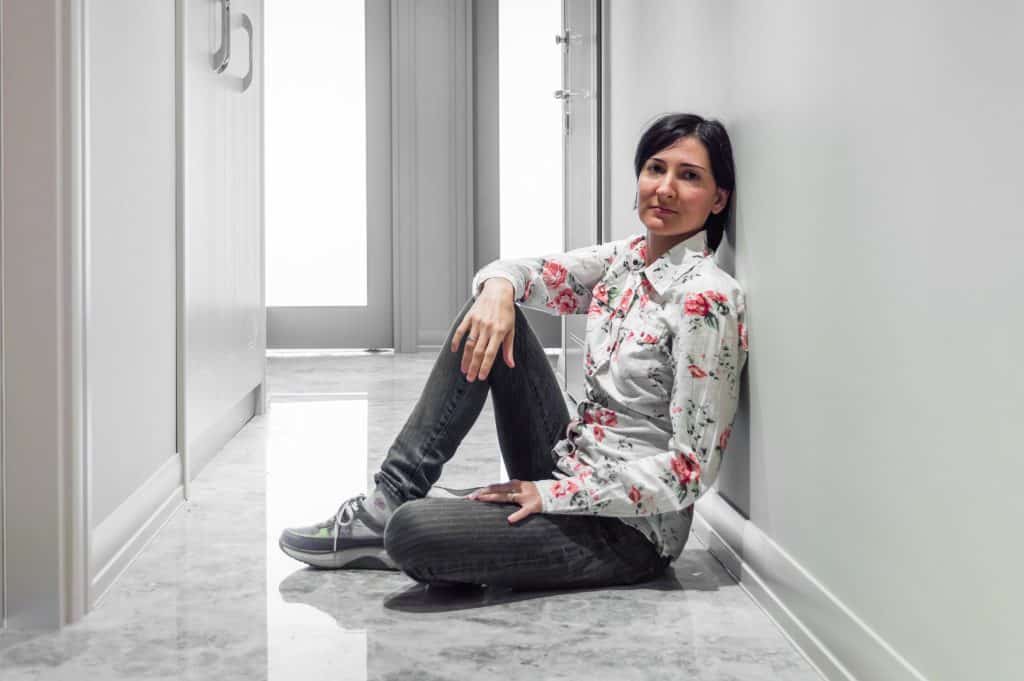
Deutsche Welle‘s regular program “World in Progress” reported on Work in its December 18 2019 edition. It includes discussions of exploitation and trafficking of Nigerian women and South Korean workers being pressured to reluctantly attend work functions. Of particular relevance to the theme of this blog is the last report in the program when workplace psychological health is discussed.
Workplace hazards outside the window
I am entering the last of my four week’s work on a construction site in Sydney. In my first week, the city was blanketed with thick smoke from nearby bushfires and all construction sites closed early for a day because the air was deemed hazardous. That smoke has persisted for all of my time in Sydney. Last Friday I was on site when the occasional piece of ash fluttered on to me. The bushfire situation is unprecedented and my experience has shown me that Australia and Australian companies seem to struggle with how to operate in a disaster that will undoubtedly return.
Sex Work review includes many OHS matters
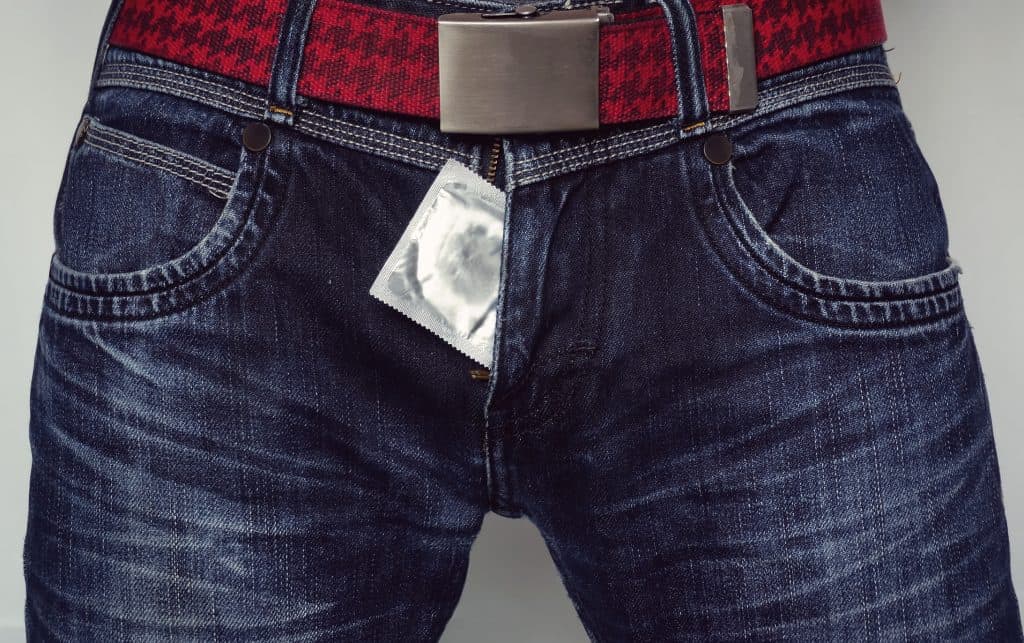
The Victorian Government has announced a review of the regulations pertaining to sex work. It will include several areas related to occupational health and safety (OHS):
- Workplace safety including health and safety issues and stigma and discrimination against sex workers
- Regulatory requirements for operators of commercial sex work businesses
- And the safety and wellbeing of sex workers, including the experience of violence that arises in the course of sex work and as a consequence of it, and worker advocacy for safety and wellbeing
Consumer Affairs has carriage of the Sex Work laws but the breadth of the review would have been better served if the announcement had been a joint one with the Minister for Workplace Safety and Minister for Health.
This review should offer a real challenge to Victoria’s OHS laws, the OHS profession, consultants, advocates and critics.
Continue reading “Sex Work review includes many OHS matters”Silicosis – “we need to licence the industry and we need to regulate the product”
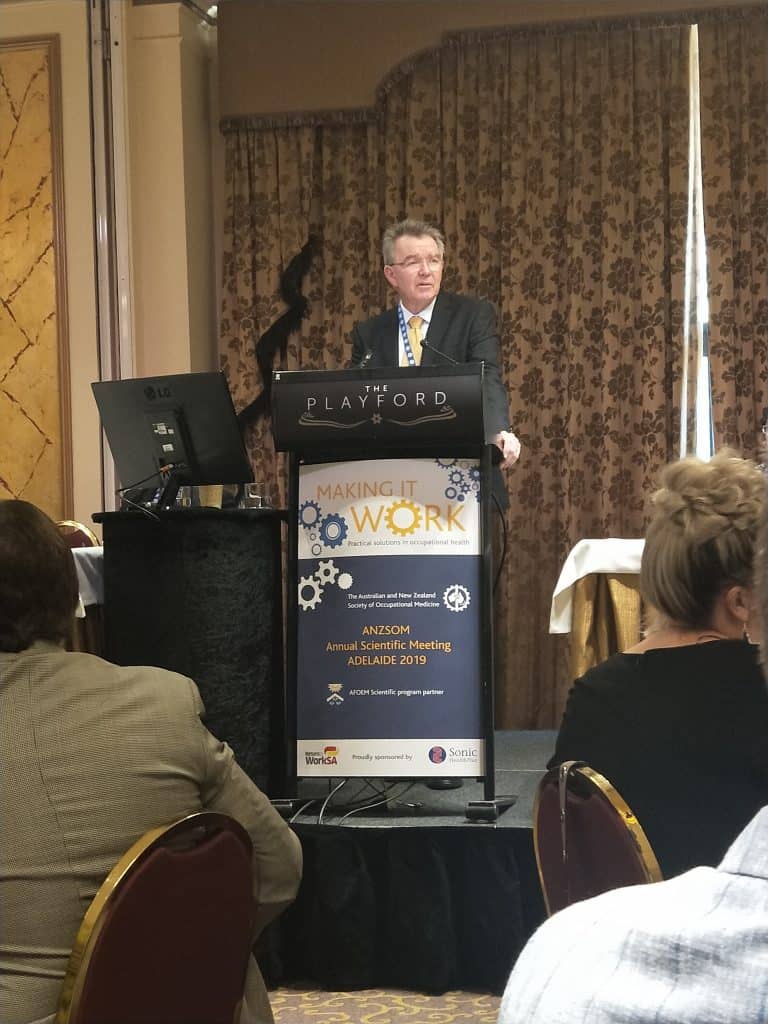
Last year the Scientific Meeting of the Australia and New Zealand Society of Occupational Medicine (ANZSOM) had a fiery discussion on the occupational health and safety (OHS) risks of cutting engineered stone. The status has changed a lot over 12 months with various Codes of Practice, new exposure limits, a National Dust Disease Taskforce and lobbying from Erin Brockovich. However the risk of worker exposure seems too have not changed this much because it is employers who are responsible for safe workplaces and there are many layers of OHS-related communication between research and practical application.
Dr Graeme Edwards (pictured above) spoke first in the ANZSOM panel on October 29 and he came out with all guns blazing.
“Prima facie evidence of system failure. That’s what accelerated silicosis means. It is an entirely preventable disease.”
Scientific Meeting challenges
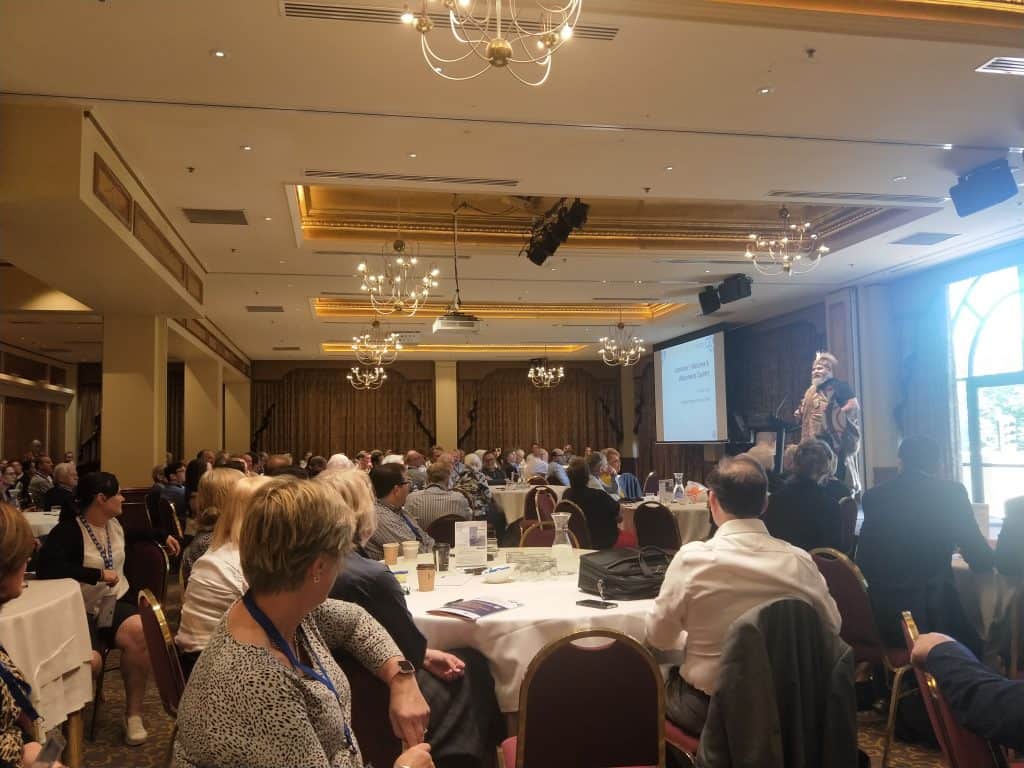
There is a difference between a conference and a scientific meeting. The latter, like the current meeting of the Australia and New Zealand Society of Occupational Medicine (ANZSOM), provides evidence. The former tries to provide evidence but is often “infiltrated” by salespeople or the evidence is of a lesser quality. Both are avenues for gaining information and sometimes the gaining of wisdom.
Day 1 of ANZSOM’s annual scientific meeting was heavy on overhead slides, graphs, Venn diagrams, flowcharts and at least two appearances of photos of Donald Rumsfeld! There was a curious thread in several presentations – the role of non-occupational factors on workplace hazards and interventions. This bordered on a discussion of political science and its relevance to occupational health and safety (OHS). It was a discussion that is rarely heard outside of the basement of the Trades Halls and the challenging questions from die-hard communists and unionists, but it was an important one. Some time soon we deserve a one-day seminar on the politics of workplace health and safety so that we can better understand what we mean by the lack of political will when we whinge about the slow pace of change. (There will be more on this theme in the exclusive interview with Professors Maureen Dollard and Sally Ferguson soon)

